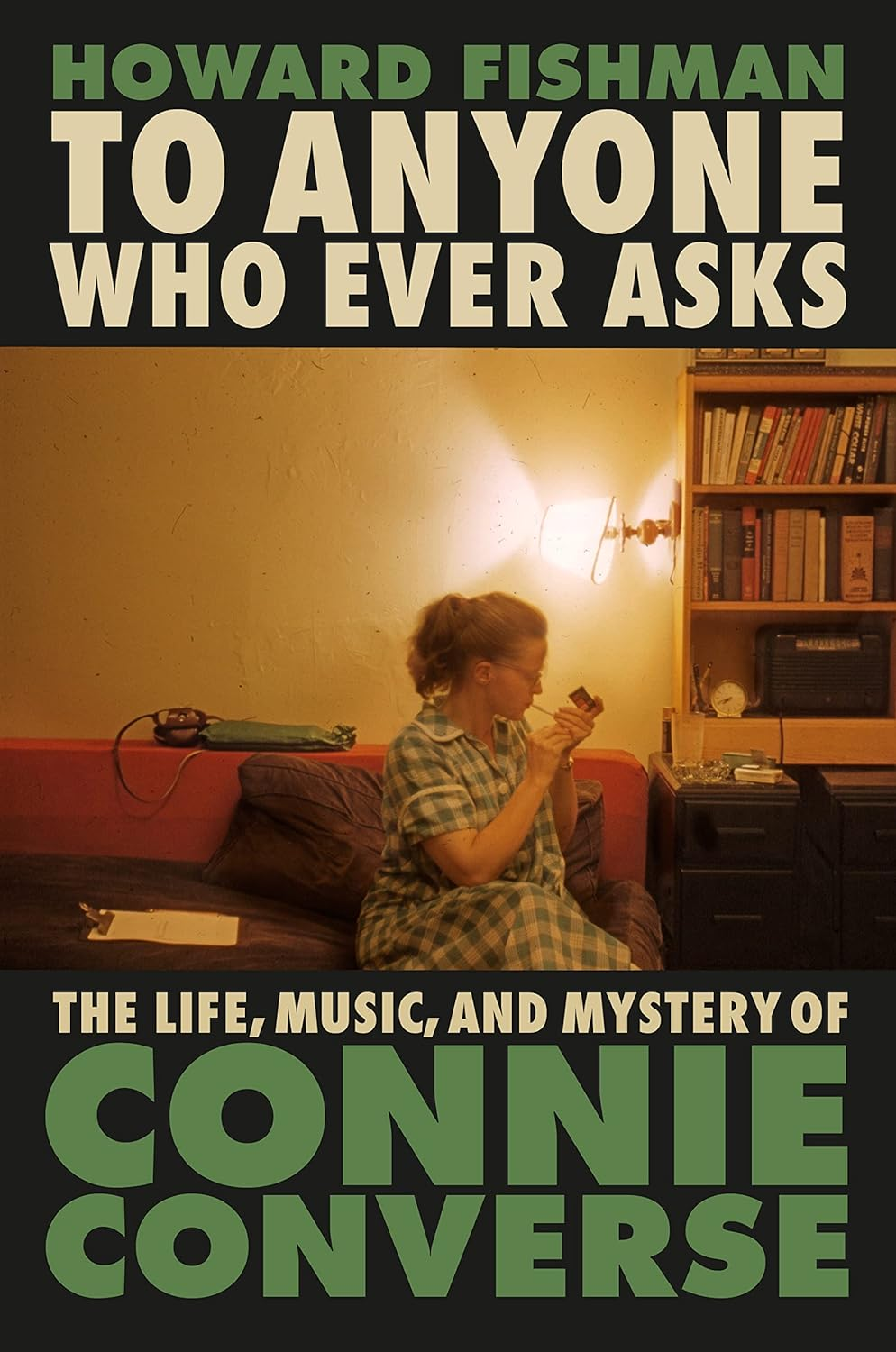In the 1950s, a young woman in Greenwich Village sat in her tiny kitchen with a guitar and a reel-to-reel recorder to commit to tape the songs she had written. Her voice was wistful and almost pleasantly secretarial—crystalline, plainspoken, a voice seasoned by proper diction. It beveled from grief to a kind of barstool insouciance as it delivered lyrics gauzed with heartbreak: “We go walking out at night / as we wander through the grass / we can hear each other pass / but we’re far apart / far apart in the dark.” This music was the sound of burned-out romance and a lifetime of Sunday nights. Recorded a few years before Bob Dylan detonated a folk explosion in the Village, these songs were also nearly unclassifiable. They were personal but not confessional, symbolic but not hermetic, beguiling but not immediately catchy—at least not in the mold of the pop songs that would soon jangle across airwaves.
The young singer called herself Connie Converse. She had built a modest but devoted following performing at local listening parties. In 1954, she made her national television debut on The Morning Show with Walter Cronkite on CBS. She seemed on the verge of runaway fame. Instead, her career faded before it ever really began. A contract with an agent led nowhere. Record labels deemed her music “lovely but not commercial.” Converse exiled herself to Michigan in 1961—the same year that Dylan arrived in New York to conquer the world—and remained there for the rest of her life. So goes one version of her story, anyway. We’ll never know the ending for certain because, in August 1974, 50-year-old Converse packed up her Volkswagen Beetle and split town, never to be seen or heard from again.
In the early 2000s, Converse’s music resurfaced. An amateur audio engineer who recorded her at his home in 1954 played a track for the WNYC radio show Spinning On Air while being interviewed for an unrelated project. The song caught the ear of a film student, who pursued the cold ashes of Converse’s story over the next several years, which culminated in the magisterial compilation album How Sad, How Lovely, released in 2009. Converse was again a cult darling, and now her disappearance offered an irresistible logline: the female Dylan who wrote a handful of masterpieces and vanished without a trace.
